How To Build A Sustainable Bare Root Rose Garden
Rose gardens. Oy. I love them but have found them to be difficult, so have abandoned most roses in my garden due to the lack of full sun and high level of maintenance.
Last year I met Michael Marriott, a brilliant rosarian and technical manager from David Austin Roses. Explaining my problem over coffee, I told Michael that I did not see rose beds in my future. He let me in on a little secret; some of David Austin Roses grow in part-shade quite successfully. My part-shade planted roses have been covered with mildew, so this revelation was a new one and I wanted to see if Michael’s prediction of possible rose growing success was true.
Michael’s recommendations for the best David Austin roses for my 5b garden that will survive in part-shade are:
- Susan Williams-Ellis
- The Mayflower
- Lady of Shalott
- Crocus Rose
- The Alnwick Rose
- Wisley 2008
On the day I had a team remove all the remaining grass from the back yard, I also had them pull sod next to the front garden path. You see my 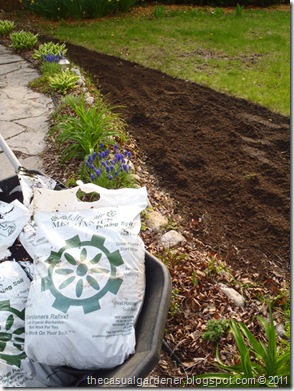 friends from Barton Landscaping doing that above.
friends from Barton Landscaping doing that above.
Next, five bags of Organic Mechanics planting soil was added over the top of the hard clay to add nutrients and help break up that heavy clay (right). Organic Mechanics has worm castings and organic products mixed in with no added chemicals. An additional five bags of rotted cow manure was added on top of the organic soil and it was all dug in well. Roses perform better when the soil is aerated and amended. Digging these amendments in allows the rose’s roots to get a better start.
To have a sustainable and good-for-the-earth garden, it is important to add only organic nutrients. Rotted compost and manure is the perfect spring addition the give your roses a healthy kick.
Positioning the bare root roses, holes were dug, and the roses were placed carefully in position before being covered in soil. When planted, the base of the canes (bud union) should be about 4 inches below ground level in cold winter areas and at ground level in mild winter areas.
Additional perennials were arranged around the roses thanks to my friend Josette 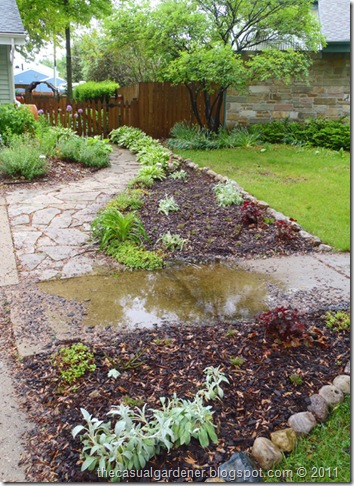 Cook, who laid out the basic garden design that included Lamb’s Ears, Heuchera, and Sedum as well as some low-growing annuals. Mulching the garden well helps ensure better moisture retention for the bed.
Cook, who laid out the basic garden design that included Lamb’s Ears, Heuchera, and Sedum as well as some low-growing annuals. Mulching the garden well helps ensure better moisture retention for the bed.
Now we have to wait a while – bare root roses take a tad longer to develop than regular roses. It can be six to eight weeks before bare root roses begin to develop stem buds. As you can see in the top photo, they look a little “stickish” currently, but they are green and seem to be doing well – I will show progress later this season and let you know if they flower in the first season.
By the way, can you find the hidden gnome in this post?
*Note – Because the FTC requires it, I am noting that test plants and products were sponsored by the below supporters. I would be using these products whether or not they are sponsored – I have faith in their quality and have used their products before.
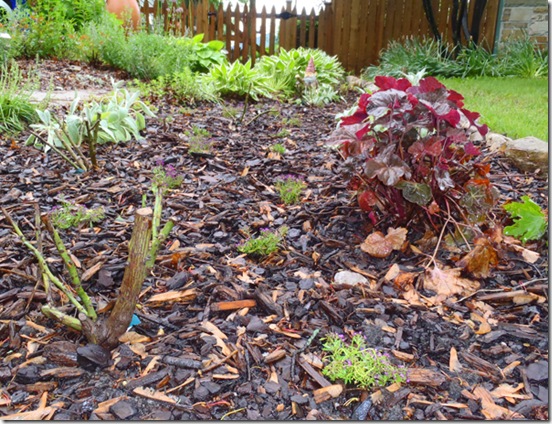
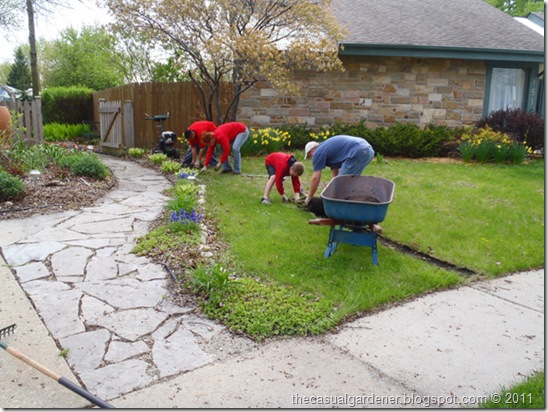
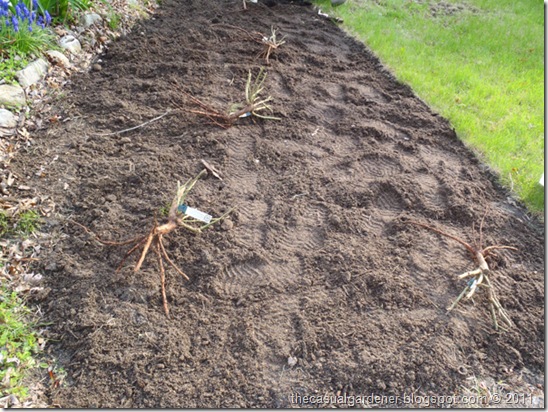
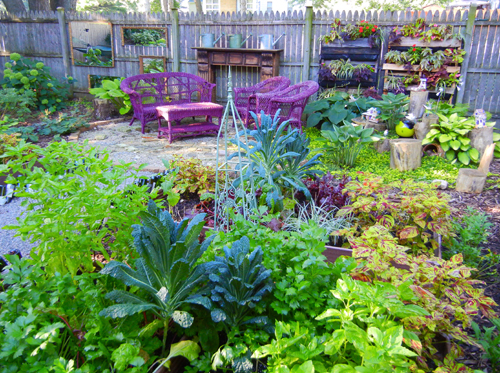
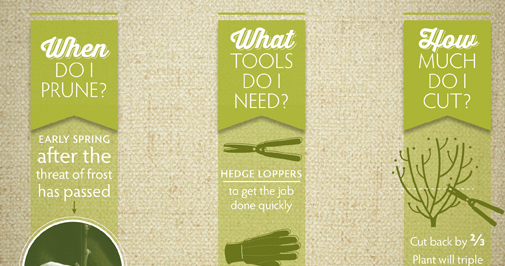
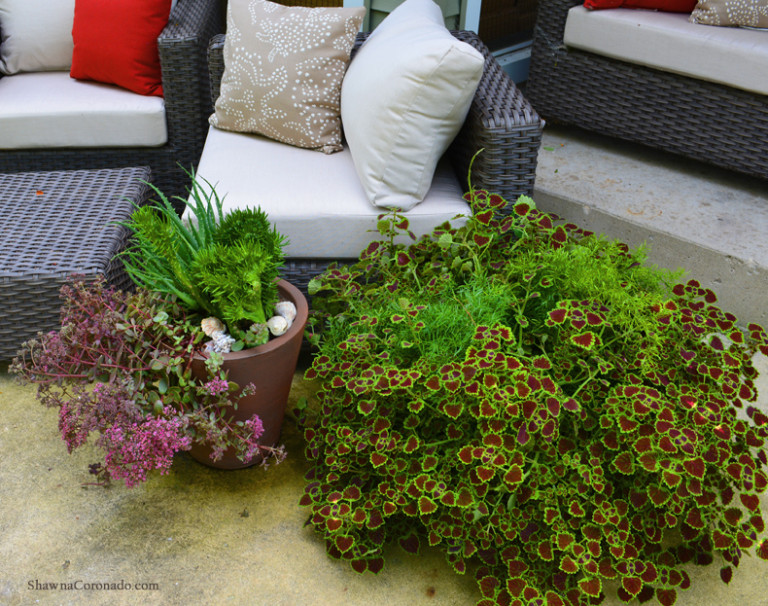
I saw the gnome-although I had to go back and look for him 😉
120clock 1st pic
I didn't see the gnome but I do see some gorgeous roses in your future 🙂 I garden in the same zone (we're on the Front Range in Colorado), and I'm making note of his recommendations to you.
Gnome is in the first photo and the last photo, but you need to look closely!
Shawna
It looks like a great start. Will you be posting future results of your roses?
Absolutely – you'll be seeing the results as soon as these roses grow up. 🙂
Shawna
Shawna,
I have always had great luck with bare root roses. I am trialing some Home Run roses for Proven Winners Choice which were the subject of that luncheon we attended. I will post how they are doing.
Eileen
Thanks Eileen – this is my first for bare root roses. Can't wait to see the results!
Shawna
I love bare root roses! I have all of mine planted in partial shade. It gets full sun during the morning and then in the afternoon there is shade. They seem to be doing well except for one. 3 are hybrid tea roses and 3 are David Austin Roses. I can't wait to see yours growing leaves and budding!
I had to go back and look for him too, but nicely done 🙂